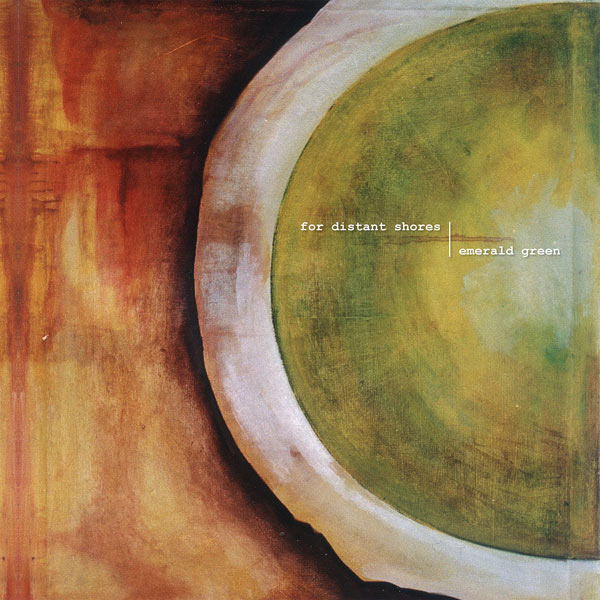LUFS
The LUFS (Loudness Units, relative to digital Full Scale) expresses the perceived loudness of an audio signal. Knowing this value for one file and then adjusting it to match another, a task that is called loudness normalization, ensures that the volume for both files will be perceived as equally loud.
Today broadcasters and many digital services normalize their content to match a specific loudness value in an attempt to improve the listening experience for their users. The same is true for the mastering engineer that attempts to bring different content closer together, e.g. the tracks for an album release.
The measure for the loudness unit takes our physical ability of hearing into account. For example as humans we experience frequencies with the same amplitude in the mid range (around 2 to 5 kHz) much louder than in other ranges, take e.g. a bass frequency of 200 Hz. This is because the sensitivity of our hearing varies depending on the frequency of the perceived sound.







